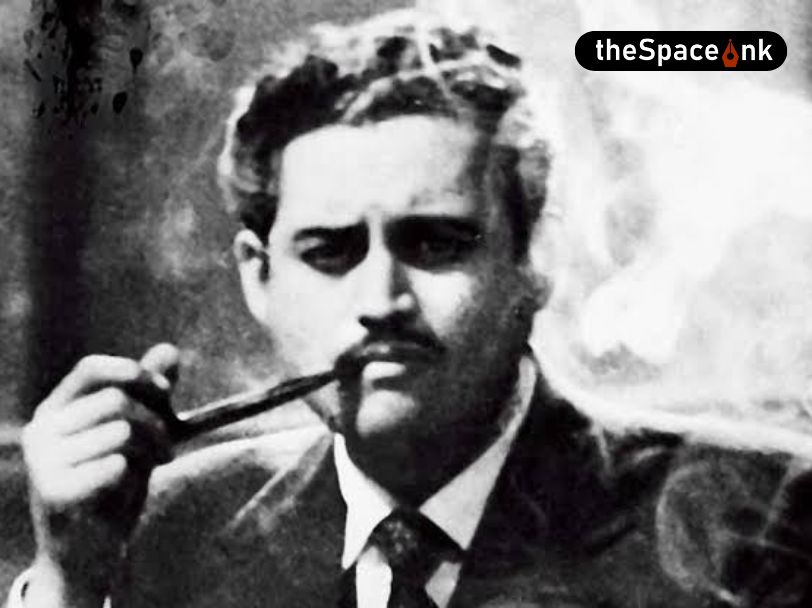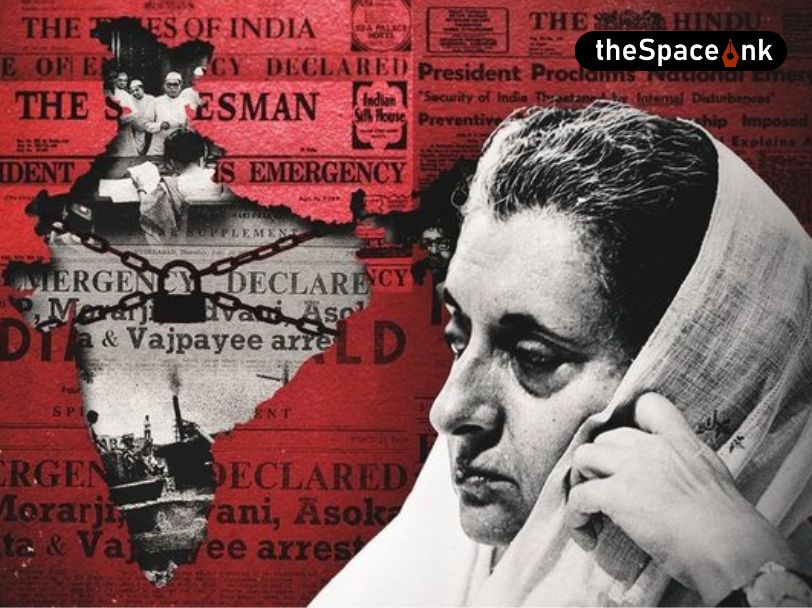Many great cities around the world were founded on the banks of great rivers. Calcutta, the erstwhile Capital of British India was not an exception. It developed beside the river Hooghly, a distributary of the mighty Ganges. This river has played a very important role in the lives of Calcuttans for hundreds of years and helped shape the city of Joy.
There are dozens of ghats along the river with architecturally significant structures, evidence of the rich heritage of colonial Calcutta. In Bengal, “ghat” means a series of steps that lead to a water body. A pathway for the inhabitants to reach the holy water safely.
Calcutta became an important center for trade due to the depths of the river Hoogly that facilitated huge merchant ships to reach inland from Bay Of Bengal. As trade mounted, dry docks, steam ships and jetties came up. The spectacle of Ganges enchanted the British entrepreneurs and Indians became collaborators and partners. Many of these ghats were built by prosperous businessmen. It served two purposes― first, the establishment of civic amenities increased their influence over the common populace and secondly, it etched the name of the patron literally on stone for posterity.

River ghats are usually constructed with magnificent pavilions that serve as landing berths. These structures were meant for men and materials voyaging to and from distant shores. They also provided shelter for the people taking a bath or visiting the river for rituals. Some of these beautiful structures still exist though the maintenance and supervision are minimal. The present condition of these ghats are proof of the extent of indifference towards the city’s heritage. There are many iconic ghats with remarkable structures on the eastern bank of river Hooghly. let us take a look at a few of them.
Prinsep Ghat
The Prinsep Ghat was built in the memory of the eminent Anglo-Indian scholar and antiquary James Prinsep. The beautiful Palladian porch with 6 sets of iconic pillars was designed by architect W. Fitzgerald and constructed in 1843. Although it was neglected for several years, in 2001 it was restored to its original glory.
Mutty Lal Seal (or Motilal Seal) Bathing Ghat
Another example of an architecturally beautiful ghat is the Mutty Lal Seal’s bathing Ghat which was constructed by a rich businessman and philanthropist Mutty Lal Seal. The ghat still stands tall with its Corinthian pillars, illustrating the Greek architecture.

Chotulal Ghat
Located south of Howrah bridge, the Chotulal’s Ghats was built by the Port Commissioners in 1875 after being commissioned by Late Chotulal Durga Prasad’s Family. Mr. Richard Roskell Bayne was the architect who designed the monumental building and M/s Macintosh Burn & Co. was chosen as the contractor. Although the original design had a gorgeous crown that rested on its top, sadly, the once beautiful edifice was modified and the ornamental roof top was destroyed to make room for a new floor in 1987.
Mists of time
Some of the magnificent ghats that are now lost are the Mullick ghat and the Zenana Ghat located in the city’s biggest flower market. Motilal Mullick had built the Mullick Ghat in memory of his father Nimaicharan Mullick, who was well known as ‘the banker and Mint Master’ for the enormous wealth he had earned. The once beautiful piece of cast iron structure imported from Glasgow, is now covered with corrugated Tin sheets to protect the flowers from the scorching sun during the day. Just beside this Ghat stands the Zenana Ghat with its elegant dome. The interiors were decorated with relief tiles and chequered marble flooring. The four minarets surrounding the dome are now lost within weeds. This was once the most beautiful ghat and as the name suggests, was solely used by women. Built in Rajasthani architecture by the illustrious Goyenka family, the ghat now stands neglected.

We have loved visiting these ghats since our childhood. The panoramic view of the Howrah bridge that stretched across the river with the amazing structures ornamenting the riverbanks had always fascinated us. With passage of time, these splendid structures started losing their glory for lack of conservation and restoration. The once beautiful river bank has become a dump of stink and filth. We were saddened by the present condition of these edifices that are flag bearers to our history and heritage. So, we felt, it is our responsibility to preserve it in our own way. We started the journey through organizing walks under the banner of ‘The Ganges Walk’, to educate people of the city’s heritage. Our first initiative was to reconnect them with the most neglected but architecturally significant Ghats on the river that has shaped the city. We called the walk “Explore the dying ghats”. We also realized the need to document these heritage structures along with their history so that the need for restoration can reach a larger audience. Currently we are shooting for a documentary film on these derelict ghats reclaiming the heritage that gives Calcutta its essence.
Image courtesy: The Ganges Walk, Wikimedia Commons
Atreyee and Poulomee are Kolkata girls fascinated by the city's colonial history and grandeur. They have co-founded Ganges Walks, a heritage walking tour that takes clients around the Ganges ghats in North Kolkata. Together, they have also created a documentary film - 'The Earliest Settlers of Calcutta - The Mullicks of Pathuriaghata'.







